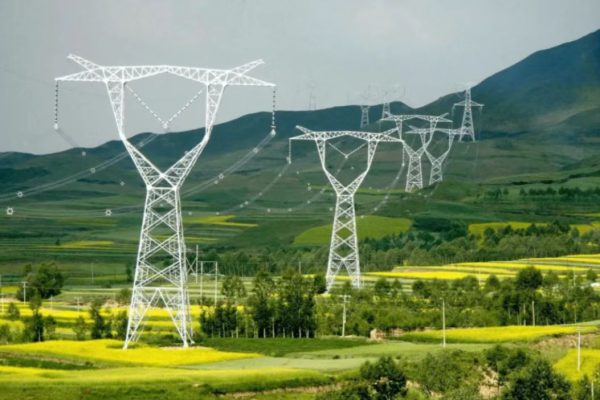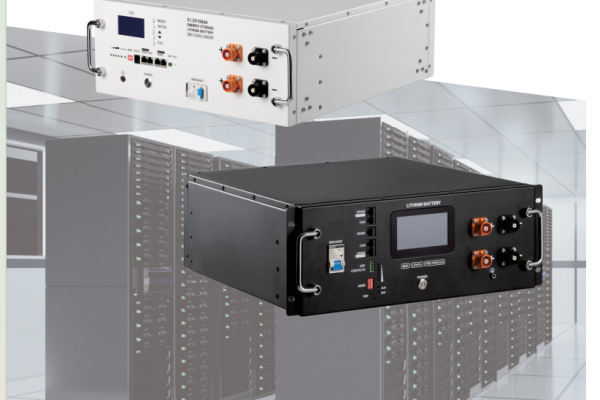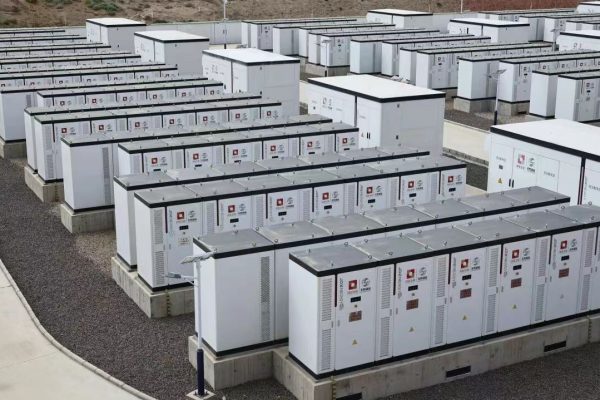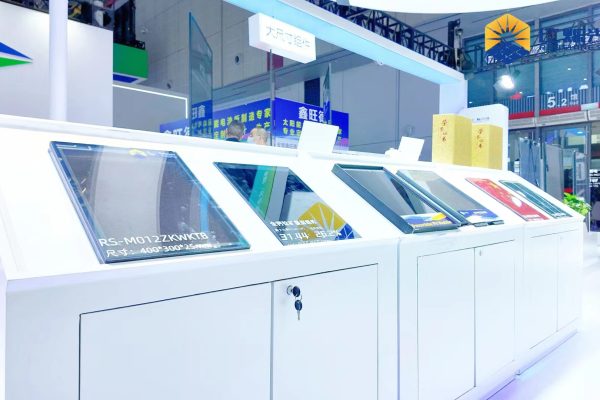A Practical Guide for Installers and Export-Focused Integrators
As residential energy storage gains momentum globally, the role of local installers and system integrators becomes increasingly vital. But beyond datasheets and marketing promises, the reality of installing a residential PV+ESS (energy storage system) comes with several technical and logistical challenges.
For small-to-mid-sized companies, especially those operating in emerging export markets, understanding and preparing for these challenges can mean the difference between a smooth installation and weeks of troubleshooting.
⚡ Challenge #1: Inverter–Battery Communication Compatibility
Problem: Many hybrid inverters require specific CAN or RS485 protocols to communicate with lithium battery BMS systems. A mismatch leads to:
- Charging not working
- Inverter stuck in standby
- SOC not displayed or wrong
What to Watch:
- Not all “48V lithium batteries” work with all brands
- Some Chinese batteries copy protocols but are version-incompatible
- Some inverters (e.g., GoodWe, Growatt) enforce certified battery whitelists
Solutions:
✅ Check brand-approved compatibility list
✅ Always update both inverter & battery firmware
✅ If necessary, use inverter in “lead-acid mode” as a fallback with limited functions
🏗️ Challenge #2: Wall-Mounting vs. Floor Space Constraints
Problem: Homeowners often underestimate the physical footprint of a system. This causes:
- Poor wall clearance for air ventilation
- Batteries stacked in unstable positions
- Cable runs crossing living areas
Best Practices:
- Plan space for future expansion (e.g., 2nd battery)
- Allow ≥30cm clearance for inverters with fans
- Use floor-mounted battery cabinets if wall isn’t load-bearing
- Use PVC or metal trunking for neat cable routing
🔌 Challenge #3: AC Neutral-Ground Bonding in Backup Mode
Problem: In off-grid or backup mode, many hybrid inverters do not internally bond AC neutral to ground, resulting in:
- RCDs not tripping
- GFCI-protected outlets failing
- Customer safety compromised
Solutions:
✅ Add an external neutral-ground bond downstream of the inverter
✅ Use an automatic transfer switch (ATS) with proper bonding logic
✅ Check local code — some countries require permanent vs. switched bonding
🌐 Challenge #4: Network Connectivity and Remote Monitoring
Problem: Clients expect remote monitoring apps to “just work.” But field reality includes:
- No Wi-Fi or router near inverter
- Weak mobile signal in basements
- Wrong app setup (SEMS vs Shine vs iSolarCloud)
Solutions:
- Use Wi-Fi dongles or 4G sticks with pre-configured SIMs
- For remote areas, consider RS485-to-Ethernet bridges + VPN
- Include a short user guide for app pairing in local language
🔋 Challenge #5: Battery Cable Sizing and Fusing
Problem: Installers often underestimate current draw, using underrated battery cables or skipping fusing. This leads to:
- Overheating
- Fire risk
- Battery errors or cutoffs
Guidelines:
- For 5kW inverter at 48V = ~105A max
→ Use ≥25mm² copper, or 2x16mm² in parallel - Fuse both positive and negative lines if not inside cabinet
- Use MCB or NH fuse near battery terminal, rated for DC
☀️ Challenge #6: PV String Voltage Misconfiguration
Problem: Incorrect PV string voltage is a top cause of:
- Inverter not starting
- Frequent overvoltage errors
- Warranty void due to overdesign
Example:
- Inverter MPPT: 120–550V
- Installer connects 4x 550W panels @ 50V = only 200V
- Not enough voltage to start under low irradiance
Solutions:
✅ Use online MPPT calculators from manufacturers
✅ Always check “starting voltage” — not just max power point
✅ In hot climates, consider voltage drop due to heat
🧱 Challenge #7: Local Grid Conditions and Anti-Islanding
Problem: Many inverters are shipped with default grid profiles (e.g., EN50438 or G99). But in real export markets:
- Grid frequency is unstable
- Voltage spikes are frequent
- Country-specific grid codes apply
Examples:
- In Nigeria, grid may vary from 180–260V
- In South Africa, backup mode may be permanent
- In LATAM, grid codes are not standardized
Solutions:
✅ Work with vendors who can pre-program inverter settings for target market
✅ Use inverters with grid profile customization (via Modbus or app)
✅ Keep records of configuration in case of support issues
🎯 Bonus Tip: Commissioning Checklist Template
To streamline installation and reduce support tickets, always carry a commissioning checklist:
- Inverter firmware updated
- Battery detected and charging
- Neutral-ground bond confirmed
- PV voltage checked (Voc vs MPPT range)
- AC output tested under load
- App paired and data visible
- Local fuse/Circuit Breaker ratings documented
- Grounding rod installed (<5Ω resistance)
Print and attach this to every system for long-term support and warranty tracking.
Residential energy storage is growing, but success in this field comes not just from product selection — it’s about anticipating installation realities. For small installers and export-focused integrators, understanding these technical challenges can:
- Reduce on-site delays
- Improve client satisfaction
- Lower long-term support costs
- Build trust and win repeat business
⚙️ Remember: a well-installed 5kW system can outperform a poorly-installed 10kW system — quality beats size.









